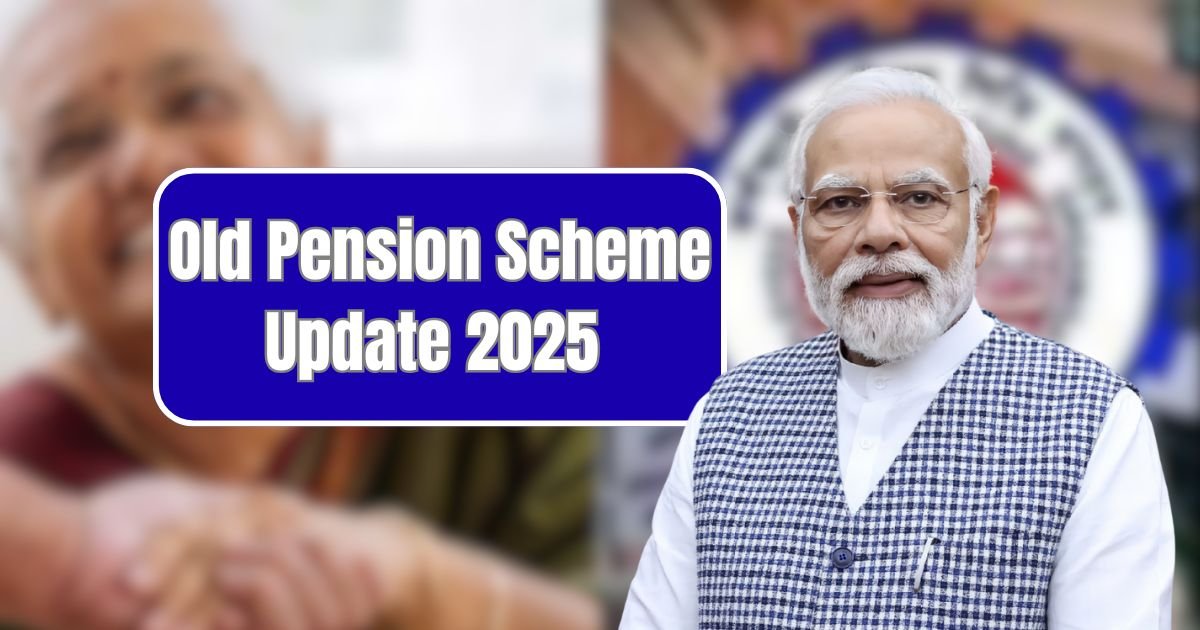In 2025, the Old Pension Scheme (OPS) has continued to be a burning issue that evokes controversy among those in government and policymakers. The OPS has an almost nostalgic quality over the market-based National Pension System (NPS) with its promise of guaranteed retirement benefits. With unions advocating its resurgence, and the government finding its way through hard economic times, the new developments of 2025 have emerged. This article discusses the recent changes and provides insight into where the OPS is today and what it implies to employees.
No Revival Plans For OPS
The Central Government has strongly indicated that it is not even considering restoring the OPS of central employees under the NPS. In August 2025, Finance Minister Nirmala Sitharaman pointed out that the OPS was gradually discontinued in 2004 because it was unsustainably costly. The scheme had a fixed pension, worth half the pension drawn last, which would put pressure on government finances with no input by employees, and could not be long term.
Unified Pension Scheme Enters The limelight
The government has proposed a solution to retirement security issue by introducing the Unified Pension Scheme (UPS) on January 24, 2025, which takes effect after April 1, 2025. The UPS combines the OPS and the NPS and provides a guaranteed pension at 50 percent of the average basic earnings during the previous 12 months to those employees who have had 25 years of service. Benefits are proportional to shorter tenures, and the minimum pension is 10,000 INR when the duration of service is at least 10 years.
The Transition Of State Governments To OPS
Other states have not followed the common line and have restored the OPS to its workers. The OPS has been restored or is planned to be restored in Rajasthan, Chhattisgarh, Jharkhand and Punjab. According to these states, the OPS offers unparalleled financial protection, but critics caution about as yet untenable fiscal burden. It has been observed that NPS funds are not refundable to states, and hence their transition is difficult by the Central Government and the Pension Fund Regulatory and Development Authority (PFRDA).
Mixed Reactions From Unions
The UPS has alternately good and bad relations with unions. Although some such as the Central Secretariat Service Forum are delighted by its promised advantages, others, such as the Joint Forum for Restoration of Old Pension Scheme (JFROPS), insist on a non-contributory OPS. There are still tensions as railway unions have even threatened to strike in case their demands are not met.
What Lies Ahead?
There is still speculation on a hybrid pension model which a Finance Ministry committee is expected to publish a report on in mid-2025. Future decisions may be affected by political pressures, particularly those experienced during upcoming elections. The UPS currently provides a middle ground, but employees are optimistic about additional changes.
| Aspect | Old Pension Scheme (OPS) | Unified Pension Scheme (UPS) | National Pension System (NPS) |
|---|---|---|---|
| Pension Type | Defined Benefit | Defined Benefit | Defined Contribution |
| Employee Contribution | None | 10% of Basic Pay + DA | 10% of Basic Pay + DA |
| Government Contribution | None | 18.5% of Basic Pay + DA | 14% of Basic Pay + DA |
| Pension Amount | 50% of Last Drawn Salary | 50% of Average Pay (12 months) | Market-Linked Returns |
| Fiscal Sustainability | Low | High | High |
Also Read: DA Arrears Update 2025: Central Government Confirms No Release For Frozen 18-Month Dues
